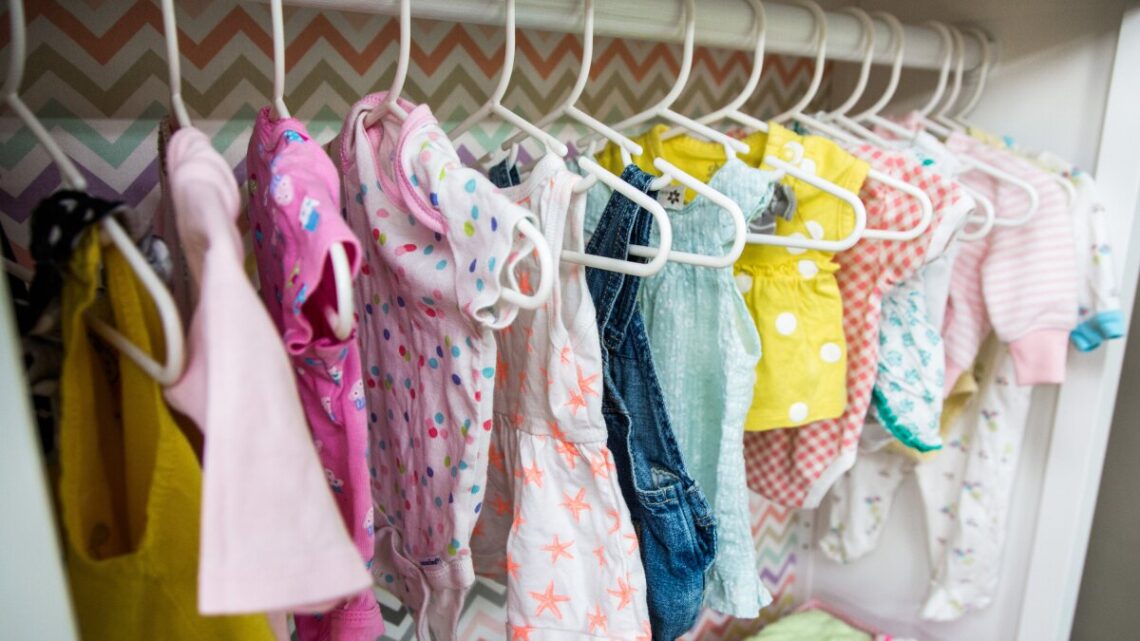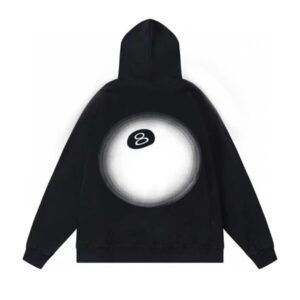Bringing a baby into the world is an incredible experience, but it can also be a little overwhelming, especially when it comes to preparing for your newborn’s arrival. One of the key responsibilities for new parents is building a proper newborn wardrobe. A well-organized wardrobe not only ensures your baby stays comfortable and protected but also simplifies daily routines for parents.
A newborn wardrobe should focus on comfort, practicality, and safety, with clothing items that are easy to put on, soft on the skin, and weather-appropriate. Your baby will grow rapidly during the first few months, so selecting clothing in varying sizes will also save you stress as they move up to the next stage. It’s important to strike a balance between what looks cute and what is truly functional for your baby’s everyday wear. Ensuring you have the right clothes to meet your newborn’s needs can make those early days easier for both parents and their little ones, making for a smoother transition into parenthood.
Everyday Newborn Wardrobe Essentials
When building a newborn wardrobe, the goal should always be to prioritize comfort and functionality. Newborns spend most of their time sleeping and lying down, which makes soft, loose-fitting clothing an essential part of their wardrobe. Onesies and sleepers are ideal for daily wear, offering both comfort and ease. They should be made of soft, breathable fabrics like cotton to protect your baby’s sensitive skin. Babies are prone to frequent diaper changes, so it’s essential that the clothing is easy to take on and off. Avoid clothes with too many buttons or tight elastics that may irritate your baby’s skin or take longer to change.
Additionally, newborns will need multiple changes a day due to inevitable spills and accidents, so having enough basic pieces, like undershirts and sleep gowns, will save you from doing laundry every day. Layering is also key to keeping your baby warm, especially in colder weather. Choose items like cardigans or jackets that are easy to slip on when needed and can be removed just as quickly. Prioritizing comfort in your newborn wardrobe will ensure your baby stays content throughout the day.
Seasonal Newborn Wardrobe Needs
The time of year your baby is born will heavily influence what types of clothing should be in their newborn wardrobe. For babies born in colder months, it’s important to have plenty of layers available to keep them warm. Heavier fabrics and footed pajamas will ensure that your baby stays comfortable and safe when temperatures drop. Conversely, babies born in warmer months need lighter clothing, such as short-sleeved onesies, sun hats, and breathable fabrics to prevent overheating. Having muslin blankets can also help regulate your baby’s temperature during hotter days.
If your baby is born during the holiday season, you might also consider adding a few festive items, such as baby christmas socks, which are both functional and adorable. These seasonal wardrobe additions not only serve a practical purpose but also allow you to celebrate special moments with your little one while keeping them cozy. Regardless of the season, make sure the clothing you choose is soft, comfortable, and protective.
Safe and Practical Newborn Accessories
While clothing is the main focus of any newborn wardrobe, accessories play a vital role in completing your baby’s daily outfits. Hats, socks, and mittens are necessary items to protect your baby from cold and to maintain their body temperature. Newborns lose heat more quickly than adults, so having several pairs of hats and mittens will ensure they stay warm and comfortable. When selecting accessories, always check that they are made of soft, hypoallergenic materials that will not irritate your baby’s skin. Socks, in particular, are essential since newborns often need extra warmth on their feet, regardless of the season.
If you plan on taking your baby outdoors, hats with brims or sun protection are essential in protecting their delicate skin from the sun’s rays. In addition to clothing accessories, bibs and burp cloths should also be included in your wardrobe. These items can help manage the mess associated with feedings and protect your baby’s clothes from spills. Keep in mind that newborns are sensitive, and any accessories should prioritize safety and comfort to prevent irritation or unnecessary discomfort.
Growth-Friendly Newborn Clothing
Babies grow at an astonishing rate, particularly in the first few months of life. That’s why selecting growth-friendly clothing for your newborn wardrobe is important. Instead of purchasing a wardrobe full of newborn-sized clothing, opt for a range of sizes, including 0-3 months and 3-6 months. This will allow for smooth transitions as your baby grows and will reduce the need for frequent shopping trips. Look for items that have adjustable features, like expandable necklines or stretchy fabrics, which can accommodate your baby’s growth over time. Footed onesies with extra room in the feet, or bodysuits with multiple snap closures, are great options that can provide extra months of wear as your baby continues to grow.
Planning for your baby’s rapid growth also ensures you have enough outfits to fit your baby as they transition from the newborn phase to their next developmental stages. Having a flexible wardrobe will not only save you time and money but will also prevent your baby from outgrowing clothes before they have a chance to wear them.




